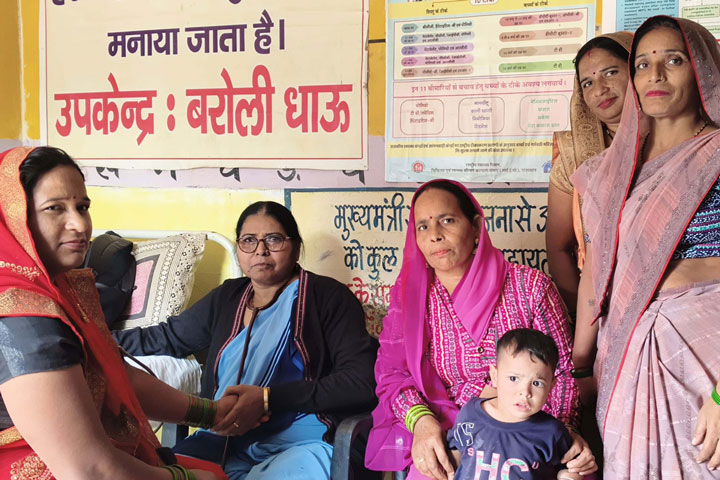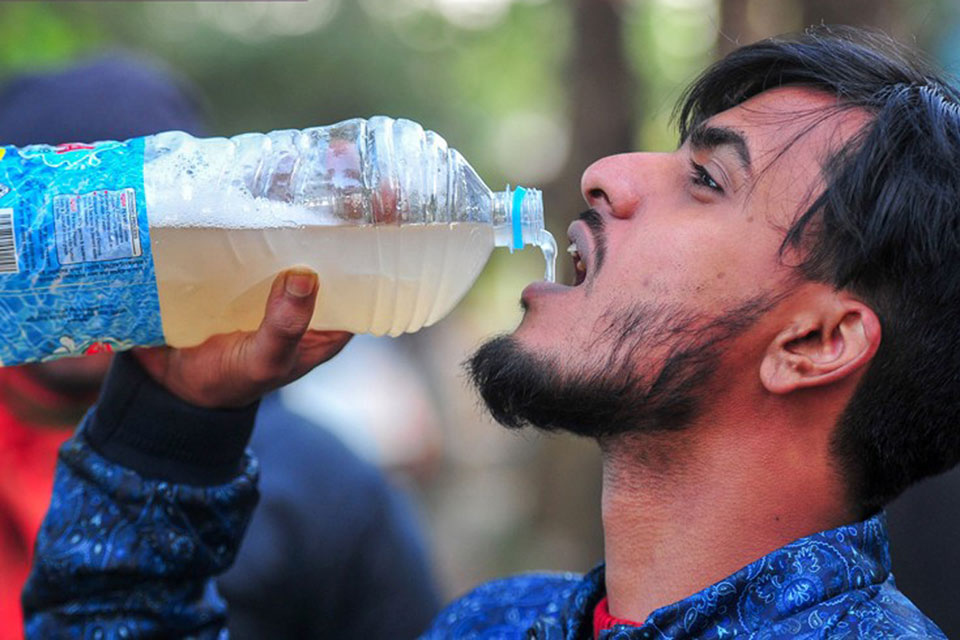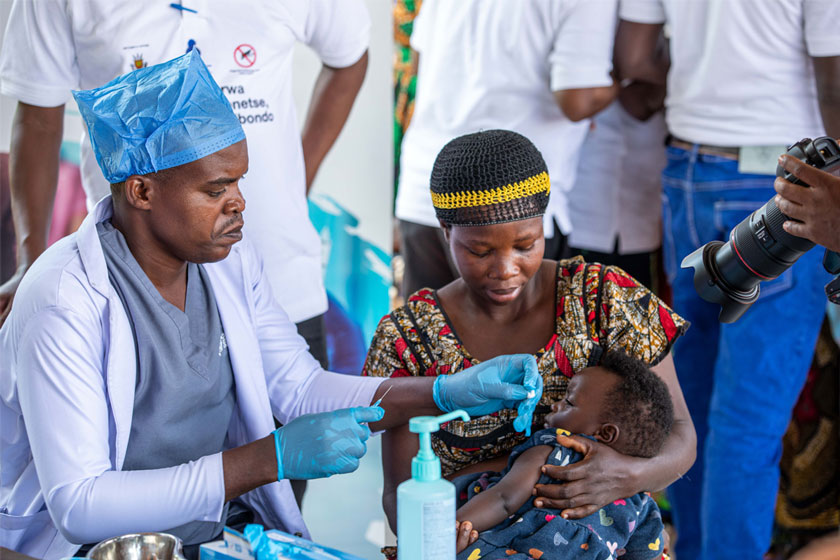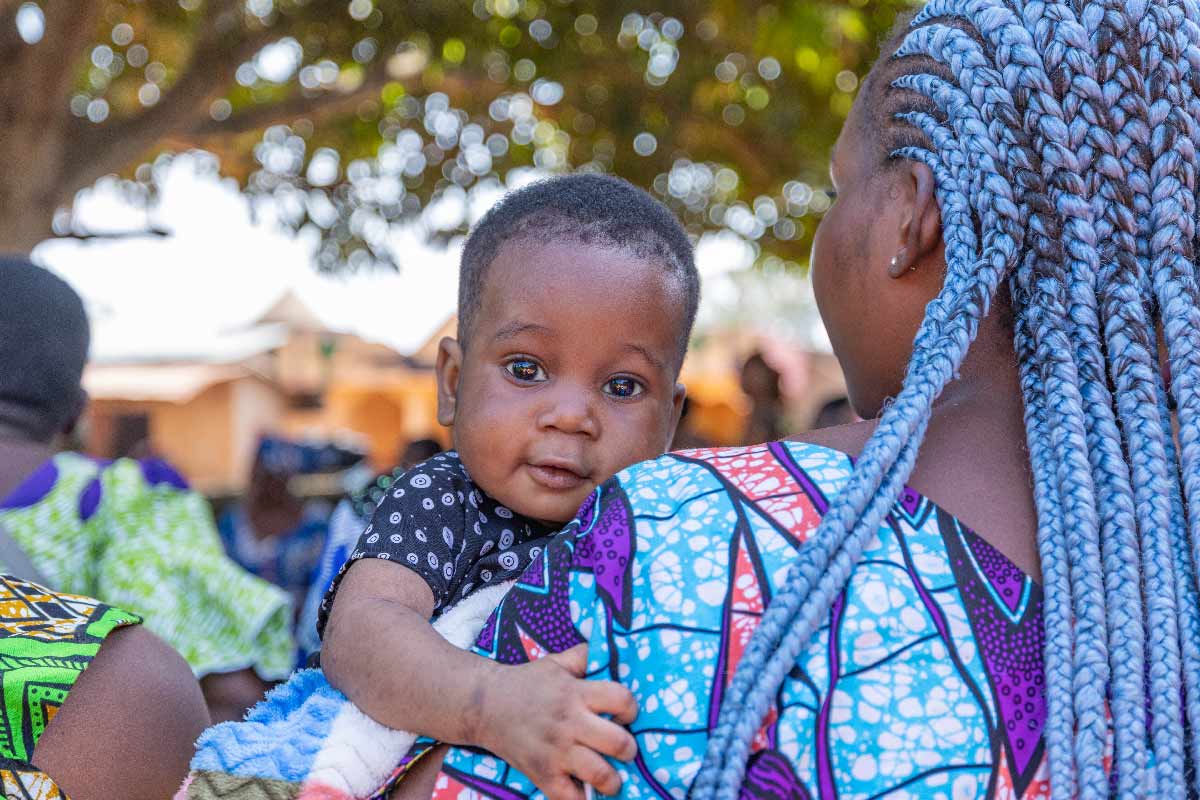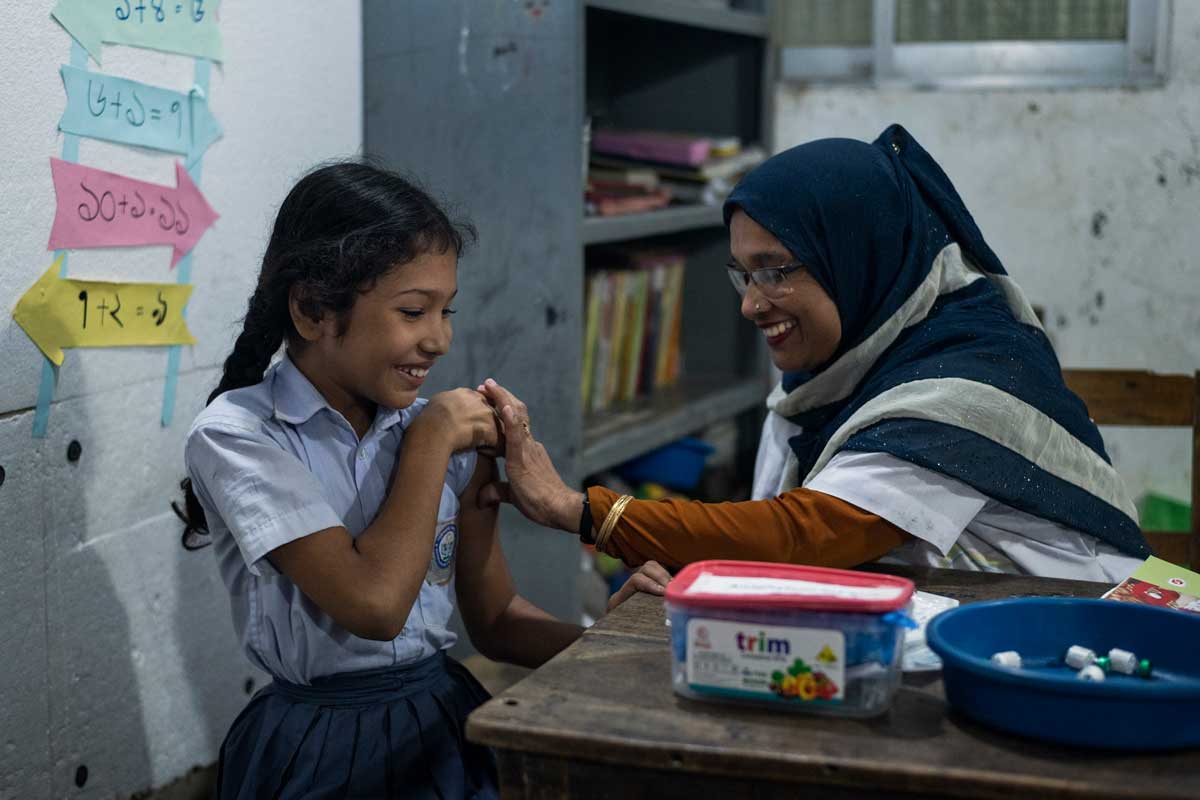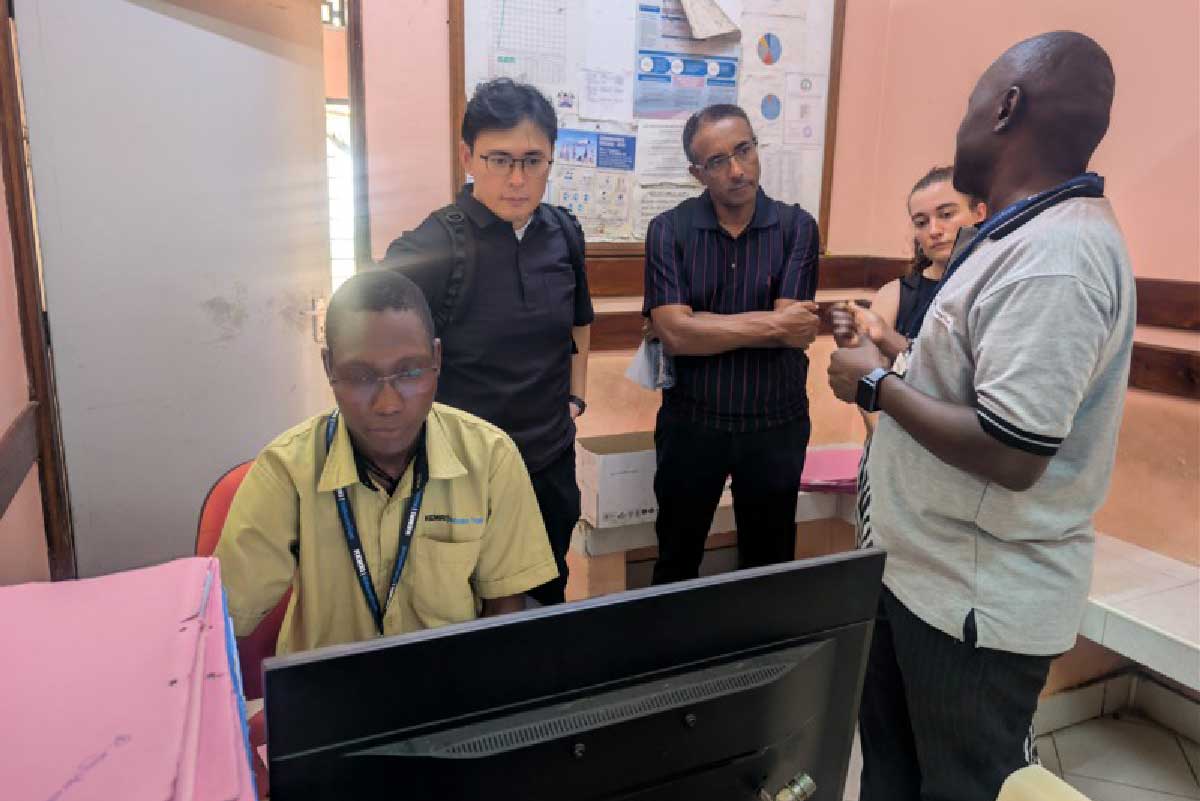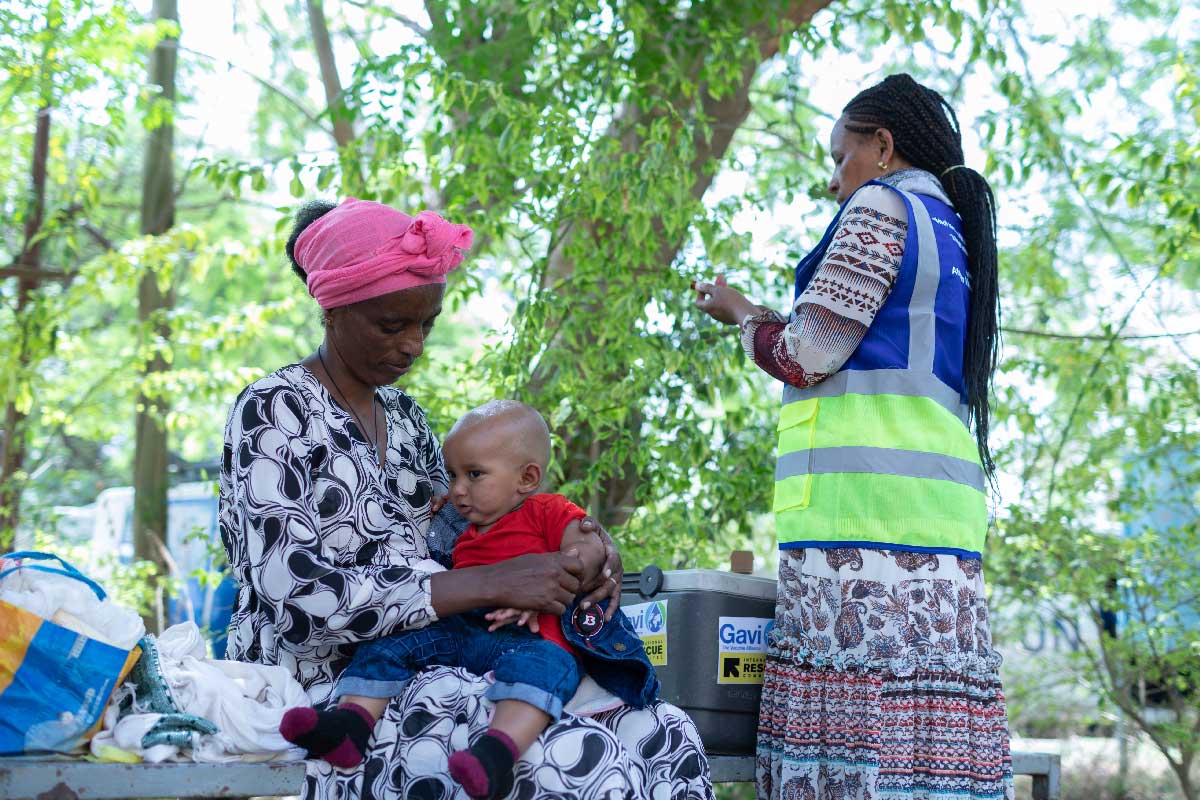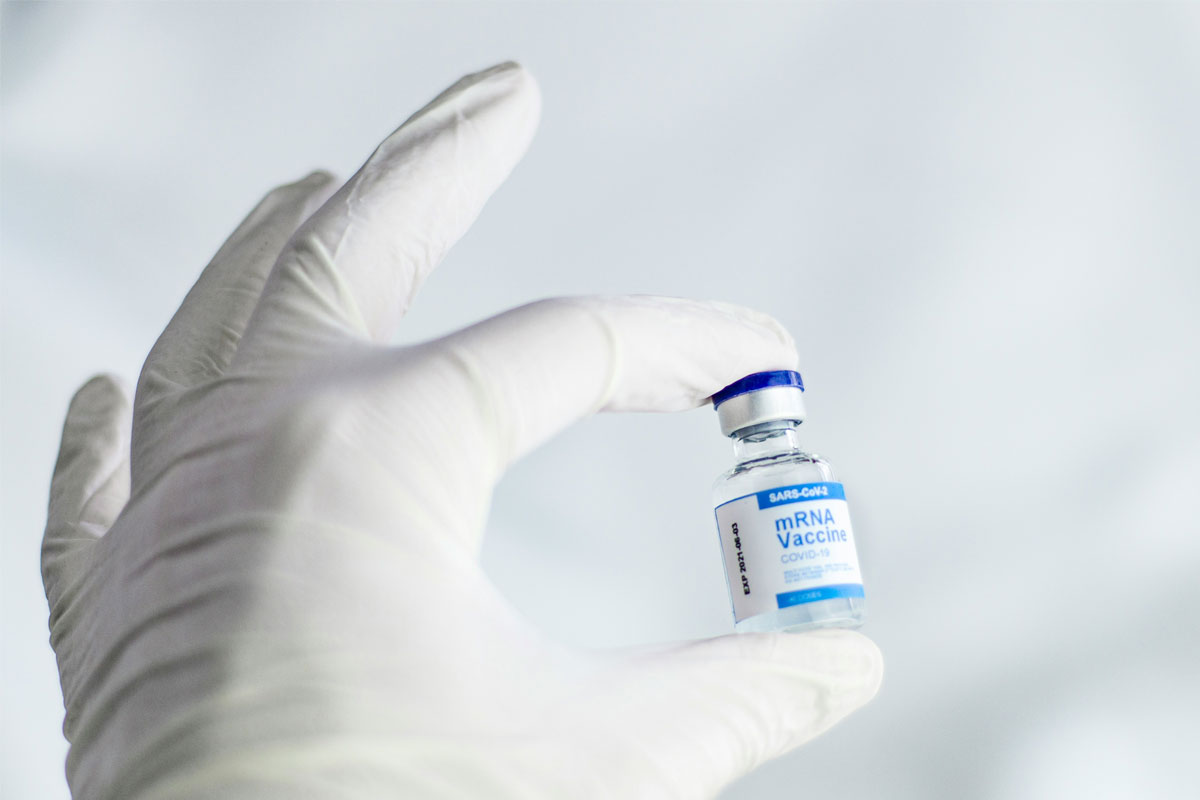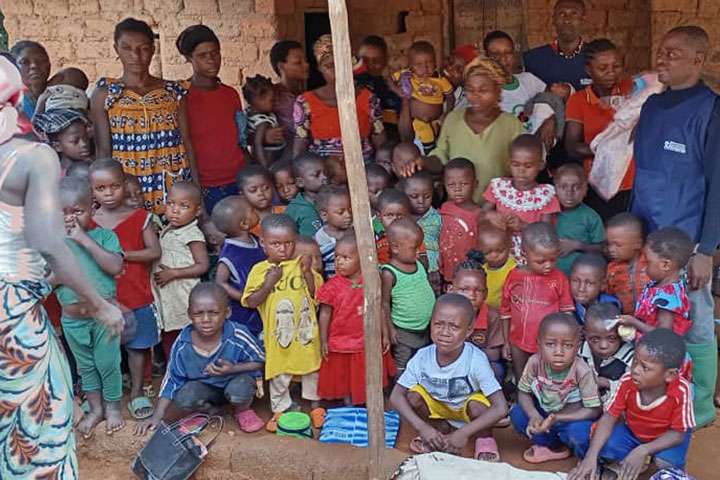What is the cholera vaccine stockpile?
Cholera, fast and deadly, is resurgent. But countries facing epidemic crisis can call for emergency deliveries of vaccine doses from a global stockpile – and those doses are protecting tens of millions of people a year.
- 30 April 2025
- 4 min read
- by Gavi Staff
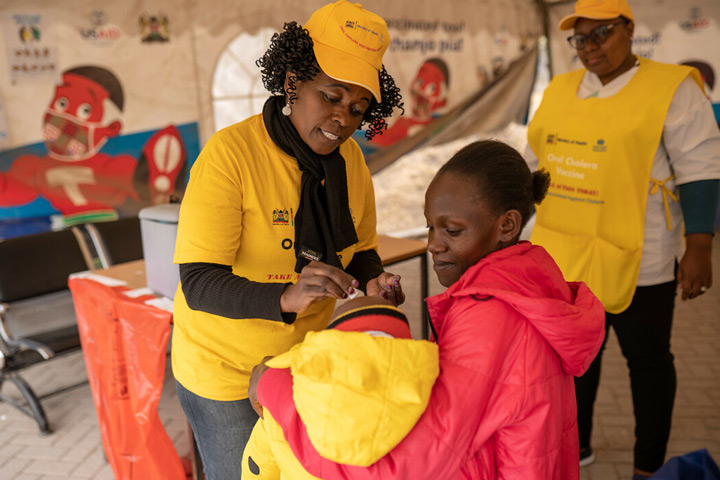
For 65-year-old Cleopas Dzamutsana and millions of others in Zimbabwe, the February 2023 declaration of a cholera outbreak stirred up dark memories.
Fifteen years earlier, a wildfire epidemic had torn through the country, sickening close to 100,000 people and taking an estimated 4,300 lives. The hardest-hit communities were decimated; one family in a Harare township lost five children in the space of five hours. Funerals were increasingly frequent and increasingly deserted affairs, as fear of infection kept mourners away.
Now, again, Zimbabwe’s cholera case-count again began to swell ominously. Soon people in all ten provinces were falling sick. By September 2023, well over 500 people were dead.
But as the outbreak approached its first anniversary, Zimbabwe’s health leaders called on an extraordinary resource – one that hadn’t been available to their predecessors in 2008: the Gavi-supported Global Oral Cholera Vaccine Stockpile.
By mid-February 2024, 2.3 million carefully-packaged doses of vaccine had left the shelves of a warehouse in outside Seoul, Korea, and made the flight to Harare. Dzamutsana got in line: “I can remember the 2008 cholera outbreak and I could not risk my life by shunning the vaccines because of what I saw then,” he told a VaccinesWork reporter at a vaccination point in Harare. By August 2024, the outbreak was over: 718 lives had been lost, but an unknowable number had been saved.
What is the Global Oral Cholera Vaccine Stockpile?
As the name suggests, the stockpile is the global repository of oral cholera vaccines, currently housed in a single warehouse outside Seoul, Korea. That warehouse belongs to EuBiologics, the vaccine’s manufacturer.
Established in 2013, it is – like the other vaccine stockpiles – funded by Gavi and managed by the International Coordinating Group on Vaccine Provision (ICG), a body of experts comprising four member agencies: IFRC, MSF, UNICEF and WHO (ICG Secretariat). Unlike, for example, the yellow fever vaccine stockpile, there is no set size to this emergency reserve, in largest part because the epidemiology of cholera is particularly dynamic. However, recent improvements to production mean that now about 5 million new doses can be made available each month.
Have you read?
That might sound like a lot, but it’s all relative to need. Cholera is surging, epidemics are cropping up thick and fast, and doses are flying off the warehouse shelves and being restocked in continuity. In just the first three months of 2025, the ICG approved requests for 13.9 million doses from eight outbreak-hit countries.
Why do we need it?
It’s places with weak sanitation systems and communities with unreliable access to clean water that are at highest risk from cholera – and that often means that epidemics typically hit people already victimised by poverty and crisis.
Outbreaks can snowball at stunning speed. The causative bacterium, Vibrio cholerae, spreads when a person ingests contaminated food and water. Severe, watery diarrhoea and vomiting can ensue, and patients can die of dehydration within just 24 hours of exposure. The sickest people become highly efficient cholera-distribution mechanisms: “Basically, a substantial amount of the water you have in you, it comes out. And it contains a lot of bacteria,” Allyson Russell, an epidemiologist who is a senior programme manager with Gavi’s High Impact Outbreaks team, told VaccinesWork. “And, as you can imagine, it can just go everywhere, risking making others sick as well.”
That means health systems facing a cholera problem must respond fast, with both treatment (to survive, patients need to be receiving oral rehydration solution and other supportive care ideally within a day) and preventive measures, including vaccines.
Deployed in time, OCVs save lives and create a window of safety in which health systems can build out the sanitation infrastructure capable of snuffing out the risk definitively. In highly-vulnerable hotspots where cholera hovers as a near-constant threat, regular, pre-planned preventive vaccination campaigns, married with targeted improvements to sanitation systems, are a proven strategy to lower the risk of a destructive epidemic.
But when an outbreak does flare up, anywhere at all, the stockpile mechanism means that there are doses ready to fly in and save lives at short notice.
Tens of millions of doses each year
The stockpile is working hard – and harder and harder over time. In 2016, the stockpile shipped out 2.5 million doses; in 2024, over 37 million doses left its shelves and flew into action.
That colossal growth reflects the fact that cholera is resurgent in many regions of the world: more cholera, more need for vaccines.
But there are other factors at play too. As the vaccine has proven its utility, its role in outbreak responses has gained prominence, meaning outbreak-hit countries request more doses to make their populations safe. Moreover, as outbreaks have become more controllable, the stigma of calling a growing cluster of cases of acute watery diarrhoea by its alarming proper name – cholera – has reduced. More cholera outbreaks properly identified mean more opportunity for the vaccine to save lives.
More from Gavi Staff
Recommended for you
